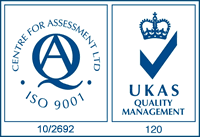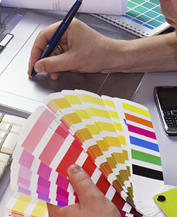The technology behind the ceramic tile
Ceramic tiles are seen everywhere and widely used in homes and shops, toilets and kitchens, hotels and public buildings. But what exactly are they?
A ceramic tile is made from refined clay. Tiles end up with different qualities and properties depending both on the type of clay and on their method of manufacture. There are two main methods of manufacture, and these are extruded tiles and dust-pressed tiles.
Extruded tiles
Extruded tiles are shaped whilst in a plastic state (wet clay) into a column of clay (using an extruder) and then the column of clay is cut to form tiles of a certain thickness.
Dust pressed tiles
Dust pressed tiles are shaped in moulds under high pressure. A fine powder of clay is used and sometimes referred to as dry clay. The moulds are then fired. This can give very accurately sized tiles and is the preferred method when accurate sizes are required.
Ceramic tiles can be rough to touch, as used in paving tiles. Ceramic tiles can also be very smooth and often decorative as in a ceramic glazed tile.
Ceramic tiles have different strengths, determined by the porosity which is influenced by the extent of firing. The porosity also determines the ability to absorb water. Tiles which absorb less the 0.5% by weight of water are known as fully vitrified tiles.
Ceramic tiles also come glazed or unglazed. They can also have a surface profile. These surface properties influence the colour and visual appearance, but also key properties such as slip resistance.
Published on 18/04/2011














